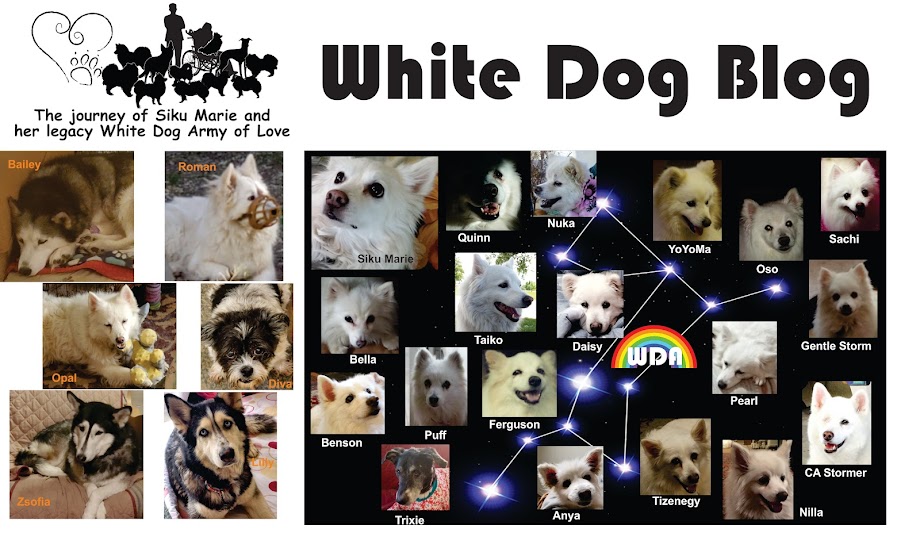Techno Thursday
White Dog stopped me when we saw the story below. We know so many pups in our community with CCL problems, or several others who have recently had surgery to correct damage; this immediately caught our eye.
Additionally, as White Dog pointed out, 3D printing technology is one of the subjects Steve teaches at the college. This new tool is providing the means to do amazing things in terms of constructing implants, fashioning mobility devices, and changing the way medicine for both pets and humans solves myriad of problems. Steve's students have already experimented with several prototypes to problem solve in 3D real-time.
The best part, to us dedicated to making people aware of the awesome potential of comparative studies research, is that this 3D printing technology crosses over from pet to human and vice versa. Advances made in the veterinary realm (like this implant technology) will be reviewed and modified and eventually applied to humans with similar problems. The White Dog Army and I found this brief article exciting and full of hope...we hope you do, too...
3D Printing Technology Helping To Fix Canine Cruciate
Ligament Problems
Ryan O'Meara | February 28, 2014 | UK Dog News
| No Comments http://www.dognews.co.uk/3d-printing-technology-helping-fix-canine-cruciate-ligament-problems/
Rupture of the canine cranial
cruciate ligament (CCL) remains the most common orthopaedic problem seen in
veterinary practices around the world and can cause knee pain and lameness.
CCL surgery involves a portion of
bone being removed from the tibia to allow the restructuring of the angle of
the knee joint, which is subsequently held in place by an implant.
New investment from The North West
Fund for Venture Capital, managed by Enterprise Ventures, will allow Fusion
Implants to produce veterinary implants using the latest 3D printing
techniques.
The Fusion Implants team have
devised a way to manufacture high-performance veterinary implants from titanium
using 3D printing, or additive manufacturing as it is also known.
Fusion Implants’ patented technology
allows the mass manufacture of porous titanium material. This encourages the
animal’s bone to grow into the implant, forming a natural bond and considerably
improving performance.
The new device, which is the result
of a collaboration between the University’s Schools of Engineering and
Veterinary Science, is already being sold to veterinary practices in the North
West and will be launched nationally within the coming months.

2 comments:
Arf arf! I am glad they are studying how to help the doggies. :)
That sounds like a technology that could help with all sorts of orthopedic issues, where implants are needed. Very cool!
Post a Comment